Mental Illness Is Ugly – Sparklle Rainne and Sarah Fader
Once upon a time, I lit a box of vomit on fire.
It was an attempt to hide my Bulimia. I had nowhere to purge, so I puked into a box and slept with it in my room all night until I could drag it out to the fire pit and light it on fire the next day. When Bulimia Nervosa shifted into Anorexia Nervosa, I fainted. It was 7AM at a hotel in Burbank, California. I woke up and felt incredibly ill, so I hobbled over to the bathroom to get water. My vision was going in and out, seeing black spots, and then it left me entirely. I was overheating and shaking. I saw black, and then I collapsed. I went to the dentist soon after. She said, “Is there any reason that you’d have pretty major bone loss?” I said, “Yes, an eating disorder.” I already knew that my bones were not strong after being ill for so long. She showed me the x-rays.
But that’s not all I have – most eating disorders pair with other underlying issues. Genetics, other mental or physical illnesses, social or cultural factors, something. For me, it’s a slew of all of those things. I have OCD and severe anxiety, to name a few. Unfortunately, I’m not “so OCD like that” in a way that makes my apartment clean or anxious in a way that makes me “cute and shy.” No. Instead, my obsessive compulsive disorder makes me bend over and touch the floor with my palms. That’s one of my “quirky” new tics. It makes me seem pretty “weird,” as you can imagine. I started picking leg hairs out one by one as a child, repeating phrases, and engaging in rituals. My anxiety has made me faint and vomit. It’s made me shit myself and lock myself in a bathroom for 4+ hours at a time, shaking and entirely unable to speak; nonverbal. Imagine trying to communicate that you’re struggling when you actually cannot speak. That’s what happens to me. My mouth won’t make words. I stare straight ahead while sitting on the bathroom floor with the lights off.
My medication makes this easier to manage. However, there are restrictions on it. I’ve been taking the same dose for seven years, but because it’s technically a “controlled substance,” the doctor can only call it in a certain amount of days ahead of time, and every new doctor I go to says “oh! Anxiety. Let’s try a different drug.” No. I’ve tried that “different” drug and eight others. This. Is. The. Medication. That. Works. For. Me. Many doctors treat mentally ill patients like lab rats. I have multiple physical illnesses, as well as mental illnesses and the way that I am treated in the medical world is different depending on what I go in for that day. It’s nearly impossible to find someone who will leave my medication alone, even if I explain to them that this is keeping me stable; it’s the reason I can leave the house without going into a frightening nonverbal state where I’m unable to move. My illness makes it incredibly difficult to move to a new place or travel. Everything that a neurotypical person could do, I have to implement 147 additional steps to do it.
Everyone experiences symptoms differently. I am NOT saying “I have it worse than you!” to other people with the same illnesses. I’m am NOT crying “poor me,” though when I detail my reality with a mental illness, some people insist that’s what I’m doing by default. It’s is a response to an analysis that my good friend Sarah Fader and I made on society – mental illness as a “trend.” A fashion statement. Some stores have even released shirts with the names or symptoms of mental illnesses strewn across them! How stylish, a crippling mental illness! Mental illness is depicted as a “cute,” “quirky,” noninvasive thing or as an adjective sometimes and that is what deeply upsets me. When you say something like “I’m just bipolar like that!” as someone who doesn’t live with Bipolar Disorder, you are doing me as disservice as someone who really does live with Bipolar Disorder.
* * *
In 1998 I woke up every morning at 6 am to vomit.
I’ve never lit a box of vomit on fire like Sparklle, but I know vomiting on an intimate level. I awoke in a state of paralysis, frightened, unable to speak or move, sick to my stomach, waiting for it to come, the bile from my stomach worked its way up into my esophagus slowly. I lay there in fear. I developed a phobia of throwing up because I was doing it on a daily basis, but not due to an eating disorder. I was vomiting each calendar day, internally checking off Monday, Tuesday, Wednesday, etc. because of debilitating panic attacks.
You may wonder “what were you anxious about?” I can sort of answer that question, but not entirely. I was scared of leaving my parents and going to college. I was 18 at the time, a senior at F.H. LaGuardia High School of Music & Arts and Performing Arts where I majored in Drama. I wanted to continue studying acting, but I was so sick (physically and mentally) that I could barely function. I begged and pleaded with my mom “please don’t make me go to school.” I was terrified to vomit in high school, in front of everyone. She told me I’d feel better if I went to school rather than staying home and (oddly enough) she was right.
Anxiety and depression thrive on paralysis, and they work well as a team, demanding that you stop your journey toward wellness and obey them. My mom knew both of them intimately well, and she wanted to help me fight them. She gave me the sharpest sword she could to battle against these demons, created from “action.” Action versus inaction, sickness versus wellness, they’re interrelated.
The trouble is, I was sick. 6 am, every morning, I ran to the bathroom and vomited bile. Thinking about it now, I can taste it in my mouth. To this day I’m deathly afraid of vomiting, and I’m 38 years old. After I vomited, I waited until my body and mind settled down, doing a guided mindfulness meditation my mom introduced me to by Jon Kabat-Zinn. It was the only thing that was able to help me during those mornings to soothe my soul. I wasn’t on psychiatric medication, because it was the 90’s and most doctors didn’t want to put teenagers on meds. I begged my therapist to put me on medication because my parents were taking antidepressants and why couldn’t I join them? She said, “there’s no magic pill to fix everything for you.” I wanted to snap back “yes there is, it’s called Prozac!”
After I vomited each morning, meditated, and calmed down, I was able to eat breakfast. It was the same meal every day: oatmeal with skim milk and butter. The routine soothed my undiagnosed Obsessive Compulsive Disorder and ADHD. I needed that oatmeal; it was like a lifeboat grounding me when I was afraid to float away because of panic, depression, suicidal ideation. When you can’t control your thoughts, when you’re unable to function because your brain wants you to die, it’s not sexy, stylish, cute or en vogue. It’s awful, paralyzing, terrifying and sad.
When I tell people about my senior year of high school, they focus on the weight loss, the vomiting, and the inability to eat much of anything. When you look at pictures of me in high school, I was thin, not starving or skeletal, but skinny. It wasn’t because I wanted to be, it was because an anxiety monster ruled me. Still, they perseverate on the vomiting. I didn’t choose to vomit; anxiety made me do it.
The fact that society is now more open about mental illness is a blessing and a curse. We want people to speak up, be proud of who they are, regardless of what they have. However, I want to make this extremely clear: mental illness is not cool or fashionable so don’t brag about it. It’s scary, brutal, challenging, hurtful, and can be debilitating. I’m not saying it’s impossible to have a good life when you have a mental illness. I have a great life, what I’m indicating is that if I could wave a magic wand and not have the multiple mental illnesses I have, I would do that in a heartbeat.
I’d leave the memories of what I went through, but I’d love to have a cure. I’m sure many of us wish we didn’t have suicidal thoughts, panic attacks, vomiting, mania, psychosis, delusions, flashbacks, trauma and more. But we do have these things, and they make life hard much of the time.
Don’t lie about having a mental illness to fit in. It’s not something you want to have, trust me on this. Don’t say you’re “OCD” if you’re organized or you’re “bipolar” when you’re having an exciting moment. I’m pleading with you, please don’t make funny noises, pretend to see animals that aren’t there and say you’re “schizophrenic.” Because let me tell you something, I have friends who are diagnosed with Paranoid Schizophrenia, Bipolar Disorder, and OCD and if you met them, you’d stop saying these ridiculous stories.
Don’t feel sorry for us. We’re human beings, and we do amazing things and have mental illness, but I do want you to understand that it’s not fucking easy and stop degrading us by pretending to have what we have. Trust me when I tell you: YOU DON’T WANT IT.
Mental illness can be ugly, it can also be humbling, strange, funny in a peculiar way, and for me, it gives me insight into how suffering can make me a stronger person. I don’t want anyone to suffer, but I don’t have a choice sometimes, we don’t have a choice at times. If you’re reading this what I want you to take away is this: be who you are. It doesn’t matter who that is, what you live with, mental illness or not, be real. Everyone has pain, everyone has joy, and everyone can be genuine. I want to know: who are you? What do you have to bring to this world? Answer that question by living your life, because that’s what I’m going to do right now.
Sparklle Rainne is a singer/songwriter based in Portland. She’s spent a large portion of her life in Los Angeles and considered it to be one of her homes. Sparklle has been writing and singing since she could hold a microphone at six years old. She is in recovery from multiple eating disorders and is a fierce advocate for those who struggle with these conditions. She’s outspoken about her support for NEDA and NAMI. She is the Project Manager for the indie publishing house Eliezer Tristan Publishing. www.sparkllerainne.com
Sarah Fader is the CEO and Founder of Eliezer Tristan Publishing Company, where she is dedicated to sharing the words of authors who endure and survive trauma and mental illness. She is also the CEO and Founder of Stigma Fighters, a non-profit organization that encourages individuals with mental illness to share their personal stories. She has been featured in The New York Times, The Washington Post, The Atlantic, Quartz, Psychology Today, The Huffington Post, HuffPost Live, and Good Day New York.
Sarah is a native New Yorker who enjoys naps, talking to strangers, and caring for her two small humans and two average-sized cats. Like six million other Americans, Sarah lives with Bipolar type II, OCD ADHD, and PTSD. Through Stigma Fighters, Sarah hopes to change the world, one mental health stigma at a time.
www.sarahfader.com


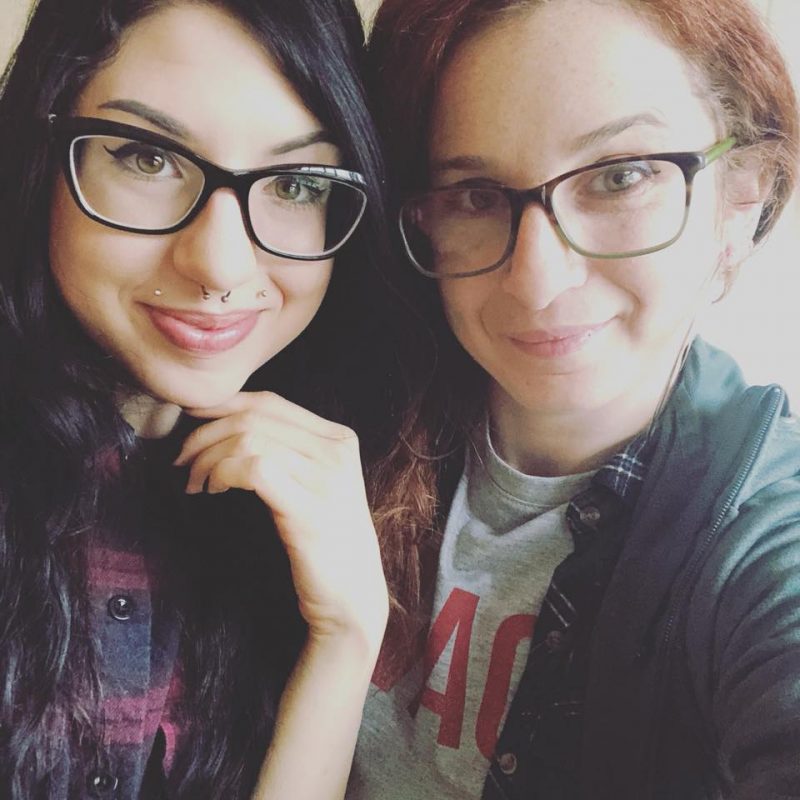


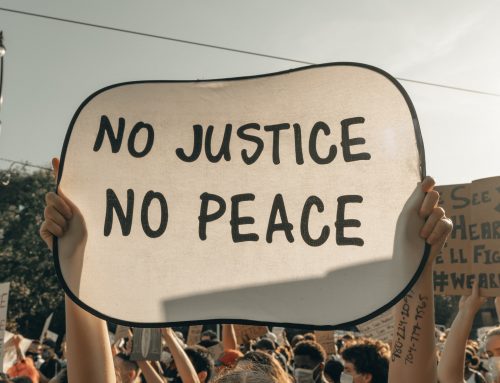
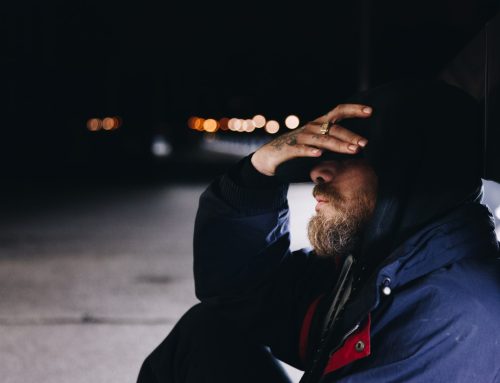
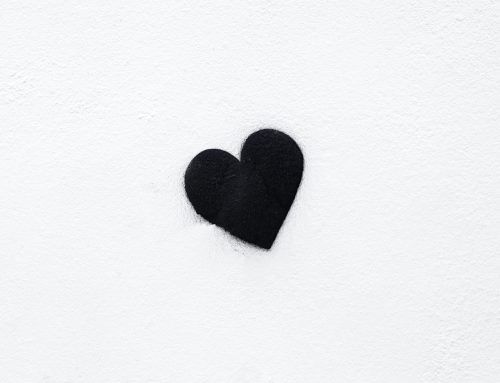
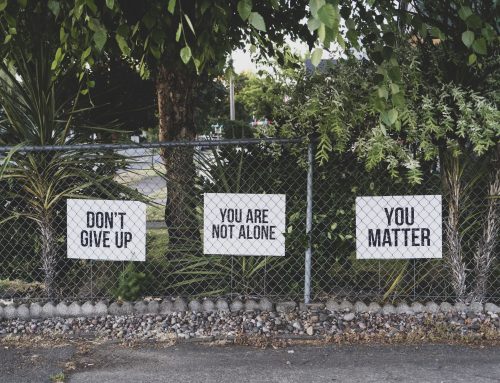
Leave A Comment